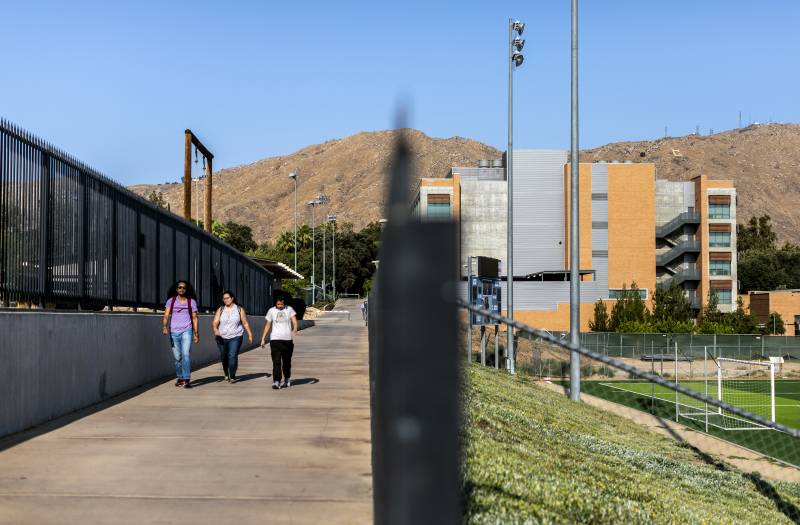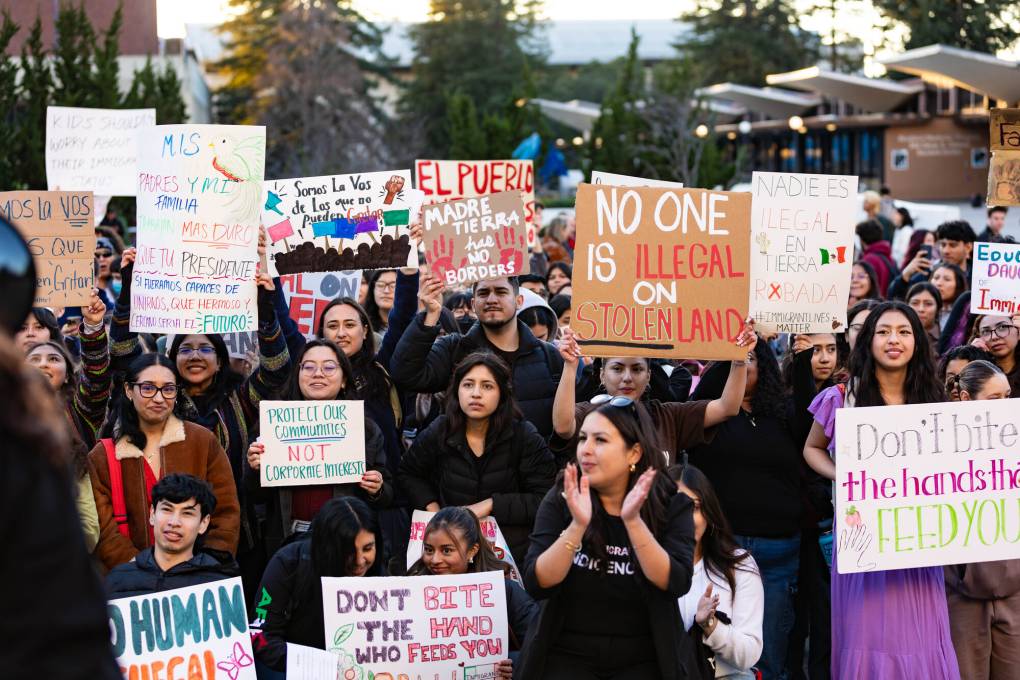Although college graduation and degree attainment rates are among the highest in the state for Asian American Californians, the same can’t be said for Native Hawaiians and Pacific Islanders in California.
Native Hawaiians and Pacific Islanders Lag Other Asian Americans in College Achievement, New Report Shows

The vast diversity of the racial groups can hide that Native Hawaiians and Pacific Islanders in California have lower admission rates into the University of California and Asian Americans have low transfer rates from the California Community Colleges, according to a report released today by The Campaign for College Opportunity, a nonprofit research organization.
“This report makes it abundantly clear that analyzing and acting upon disaggregated data concerning Asian American, Native Hawaiian and Pacific Islander students is essential by college leaders and California policymakers in order to more effectively direct resources to close equity gaps in student outcomes,” said Michele Siqueiros, president of The Campaign for College Opportunity. “California’s ability to thrive economically depends greatly on the contributions made by Asian American and NHPI students, which necessitates understanding the unique needs of our diverse student populations and tailoring support to ensure that all students have an equal opportunity to attend and succeed in college.”
California has the largest Asian American population of any state, with nearly 6.8 million, and the largest of Native Hawaiians and Pacific Islanders, with more than 332,000. In the traditional 18-24 college age group, the state has approximately 480,000 Asian Americans and 15,000 NHPIs.
Transfer rates from community colleges to a public university are low for nearly all students. But of Asian Americans, only 38% transfer after six years, and only 15% earn a degree or a certificate. Among Native Hawaiian and Pacific Islander students, 22% transfer, and 11% earn a degree or certificate in six years.
Graduation across the 23-campus California State University system varies, as well, because of the diversity within both racial groups. Less than 29% of Asian Americans and 24% of NHPI freshmen graduate in four years. However, the variability in graduation rates goes from an 85% graduation rate for Malaysian American students to a 35% rate for Samoan students.
Graduation rates for Asian and NHPI students are high within the UC system, but also vary by ethnicity. The report found that six-year graduation rates for these students range from 50% for Tongans to 94% for Sri Lankan students.
The campaign also found that there are not nearly as many Asian and NHPI faculty as there are students across the three higher-education systems. The ratio of students to faculty members of the same race is two to three times higher than for their white classmates, according to the study.
The campaign recommended that high schools improve graduation rates for NHPI students to at least 90% and make A-G coursework the default for all California students (A-G coursework refers to the series of classes in English, math, science, foreign language, history and other core subjects necessary for UC and CSU admission). They also called for more support for Asian American and NHPI students affected by the rise in hate crimes and the COVID-19 pandemic.
“This report provides important calls to action that derive from extensive consultation with community organizations and leaders in policy and educational systems,” said Karthick Ramakrishnan, chair of the California Commission on Asian and Pacific Islander American Affairs (CAPIAA). “I am hopeful that this report will prompt decision-makers to invite in community narrative and expertise, creating the conditions for strategic action that meaningfully advances inclusion and equity in higher education.”


